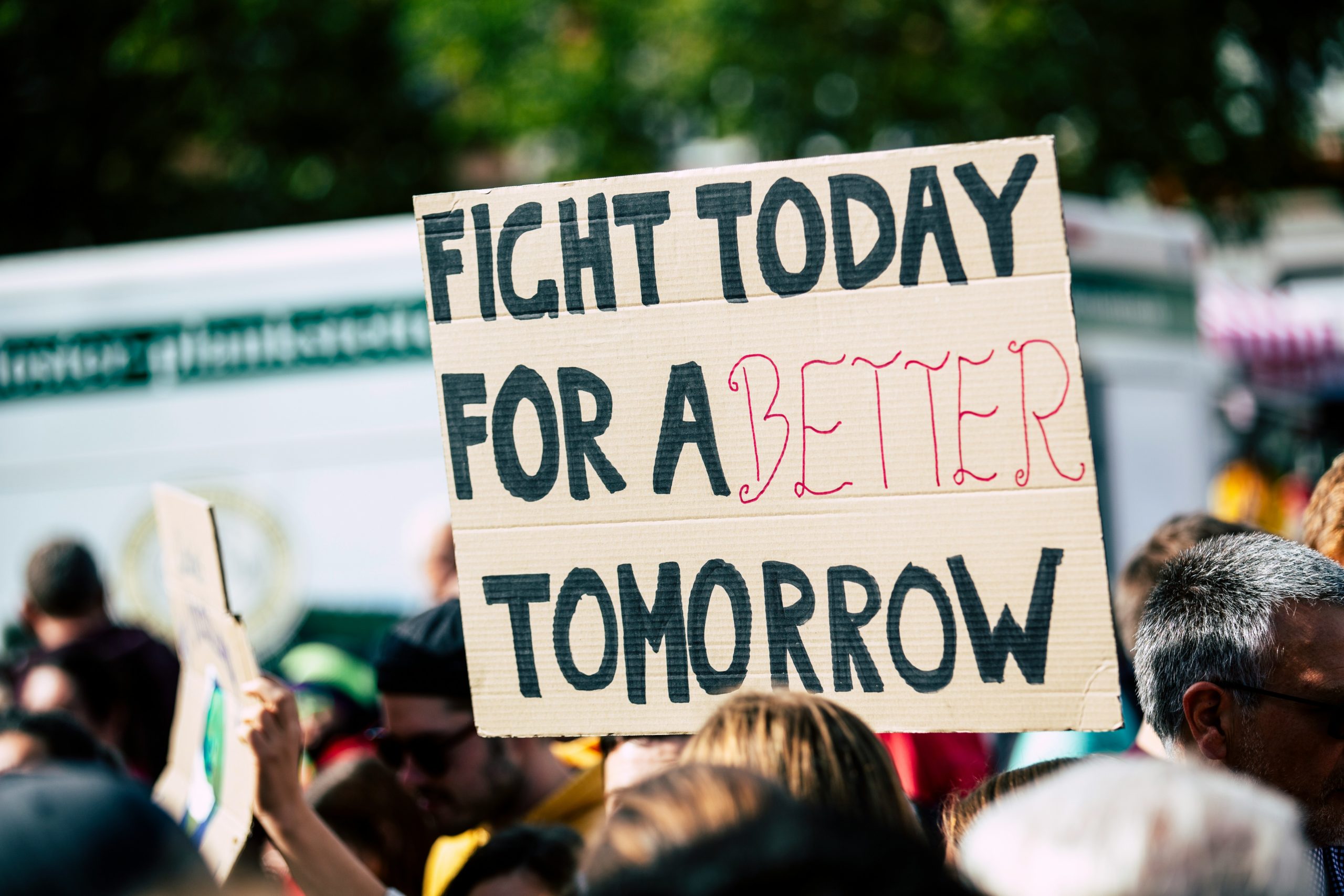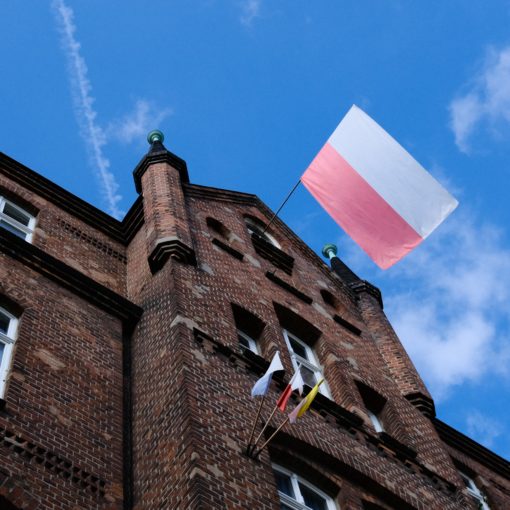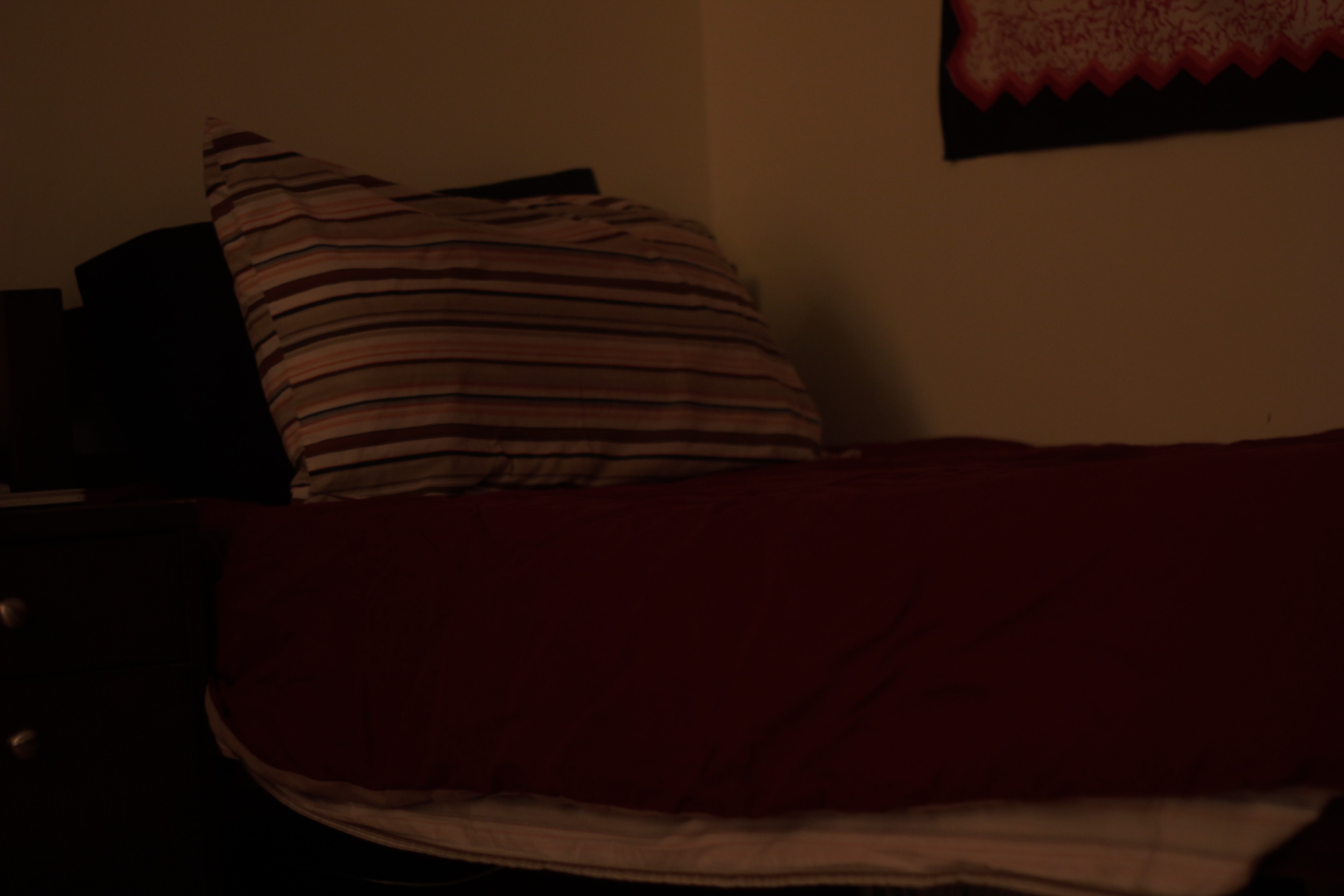A wave of student-led protests swept through Moncton. The country was buzzing having come off Expo ’67. Canada was now 100 years old, had a new flag, and was about to change Prime Ministers from Lester Pearson to Pierre Trudeau.
Canada was ready for a change, and it was willing to give Pierre Trudeau’s Just Society a chance. Hope and optimism swept through the nation as momentous change occurred in a matter of months. In Quebec, René Lévesque left the Quebec Liberal Party to form the Parti Québécois. This spirit of change made its way to the Atlantic provinces as discussions over deep linguistic and cultural divisions occurred across New Brunswick.
The francophone community in New Brunswick, largely made up of Acadians, dropped from 35% in 1960 to 32% in 1968. The Acadian community experienced a large amount of cultural change between from 1860- to 1960. This was kicked off by the Acadian Renaissance, which saw a revival of cultural awareness of Acadian culture. The Acadian Renaissance aimed to define Acadia as a unique culture with a distinct history that reaches back to the colonial history of the Maritime provinces.
Simon d’Entremont and Frederick Robicheau would be the first Acadians elected to the Nova Scotia House of Assembly, taking their seats in 1838. Higher education facilities soon followed, including Saint Thomas Seminary and Saint Joeseph’s Seminary.
Several Acadian newspapers were re-established to increase awareness of social and cultural issues within the community. The Common Schools Act of 1871 threatened to impose a non-denominational school system that banned religious instruction during school hours. Protests erupted over Acadie, which resulted in riots in the town of Caraquet.
The 1880s began the Acadian National Conventions, which continue to this day. The first few conventions saw the creation of the Acadian flag, Assumption Day becoming an Acadian holiday, and the adoption of the motto “L’union fait la force”or “Strength through unity.”
As the Acadian Renaissance continued into the first half of the 20th century, multiple Acadians ascended to leadership positions throughout the provinces. This would include Aubin-Edmond Arsenault, who became the Premier of Prince Edward Island. Peter Veniot followed him as the first Acadian premier of New Brunswick.
Acadians contributed to both world war efforts. In the Great War, they fought as a part of The 165th Battalion. In World War II, Canadian soldiers proved instrumental in the landings at Normandy. Acadians would push forward through the landings on D-Day to liberate the community of Saint-Aubin-sur-Mer, Calvados.
Between the wars, Acadians were focused on growing their religious influence. The Archdiocese of Moncton was granted in 1936 with the completion of the Our Lady of the Assumption Cathedral in Moncton.
The Acadian community in the post-war years started to define themselves based on the large growth of culture over the past 100 years. Acadians started to be called Francophones, however, they should not be confused with Quebecois. Although both are French-Canadian, they developed completely differently and celebrate different cultures, languages, and cuisine.
As the Canadian welfare state grew, the Acadian community grew alongside it. Western Liberalism would buzz through the Acadian community as Acadians supported the economic planning measures popular in the post-war years.
In 1960, a significant breakthrough occurred when Louis Robichaud led his Liberal Party to oust the Conservative Premier, Hugh John Fleming.
At the age of 34, Robichaud, who would be known as P’tit Louis, was swept into power as the first elected Acadian Premier. The previous Acadian Premiers had been appointed to the position.
The goal of Robichaud’s government was to ensure equality between English and French communities in New Brunswick. His efforts to do this included the modernization of New Brunswick hospitals and public schools. The Official Languages Act (1969) would guarantee New Brunswick as an officially bilingual province. Robichaud said, “Language rights are more than legal rights. They are precious cultural rights, going deep into the revered past and touching the historic traditions of all our people.”
A crucial part of Robichaud’s government’s approach was the Equal Opportunity Program. Previous to the program communities across New Brunswick regularly did not have enough tax revenue to pay for the social services. This program aimed at making some of those services provincial responsibilities instead of being the responsibility of individual municipalities.
The province, as a consequence of the program, agreed to take responsibility for health, welfare, education, and justice.
Robichaud’s fight for equality regularly resulted in death threats to him and his family, a police guard presence at his home, and riots at the New Brunswick legislature. Luckily, his plan for the cities of New Brunswick to share their wealth with the smaller, struggling rural communities was successful.
His reforms tapped into the deep cultural change that was already developing in the 1960s.
Before the Equal Opportunity Program, country councils which made up most local governments would tax just anything they considered property, including cars, cows, and chickens.
The communities which benefited most from the program were the poor in New Brunswick, especially those living among the North Shore. After a decade in power Robichaud was defeated in 1970 by Richard Hatfield and the Progressive Conservatives.
The student movement could be seen as early as 1964-1967. This movement was based on the wider movement of liberalism reaching across universities. The discussion largely focused on the Vietnam War and civil rights. Students were still developing their idea of Acadian identity. Acadians faced the immense challenge of trying to restructure the traditions of their culture to fit into modern society. These movements mirrored other student movements at the time, such as Students for a Democratic Society (1962), Berkeley’s Free Speech Movement (1964), and Canada’s Student Union for Peace Action (SUPA, 1964).
The year 1968 presented momentous changes in Acadian culture. Hope and optimism captured the country as Expo 67 roared in Montreal. Canada itself was a changing nation. No longer beholden to the Anglo-dominated- Dominion of Canada culture, Canada looked to change. An independent Supreme Court was the first nail in the Dominion of Canada, The next was the Canadian Bill of Rights, which outlined the rights of every Canadian. The Pearson administration broke through political barriers with the adoption of the maple leaf flag.
The expansion of universal healthcare, and changing unjust laws such as the decision to decriminalize homosexuality.
The Pearson administration ended with the leadership of the Liberal Party being passed to Pearson’s Justice Minister, Pierre Trudeau.
Trudeau’s idea of a Just Society sturred Canadians’ imaginations and created a phenomenon around the leader which was dubbed “Trudeaumania.” Meanwhile, in Quebec, René Lévesque united three smaller groups to create the Parti Québécois to advocate for Quebec’s independence from Canada.
As the optimism of the postwar years washed away, so did people’s long-standing beliefs. The emergence of wider issues such as the African-American Civil Rights Movement, the War in Vietnam, and and the Cold War all inspired Acadian students of ‘68 to reimagine who they were.
By 1967, many were looking at the Robichaud government with the question “Is that all?” Although notable and visible progress had been made, there remained numerous important issues inside the province.
Discussions about language and economic development created disillusionment among most Acadian university students, which led them to examine and rethink their worldviews. The first report from the Royal Commission on Bilingualism and Biculturalism confirmed and detailed the socio-economic weakness of Canada’s large Francophone community. Université de Moncton was created in 1963 as a Francophone university in Moncton, Edmundston, and Shippagan. By 1968, it had become a hub for Acadian youth.
Unfortunately, the University president announced that in the autumn of 1968, tuition would rise once again, which was immediately criticized by the student union and the student newspaper.
The next incident that inflamed Acadian students was the Mayor of Moncton’s reaction to a diplomatic visit paid by four Acadian notables to France. The “Société nationale de l’Acadie” met with the French President Charles De Gaulle. They signed a formal accord that detailed the cultural cooperation between the French Republic and the Acadian People.
Mayor Leonard Jones denounced the visit, claiming it would “jeopardize the harmony” between Anglophone and Francophones in Moncton.
The English-speaking administrators of Moncton’s bilingual school district proposed the creation of a common high school complex that would share a gym, cafeteria, and laboratories but have separate classes.
Many in the Acadian community reacted negatively, as most favored separate linguistically defined education structures that could protect the Acadian culture. A former professor at the university, Roger Savoie, explained differences in treatment between the two linguistic groups in a conference. He called on Acadians to push forward a new wave of national affirmation.
Students were met with the burning face of injustice. How could ideas prevail if prejudice was so widespread?
Students organized a march on City Hall. Between 1500 and 2000 students marched to City Hall, planning to give the mayor a copy of The Royal Commission On Bilingualism and Multiculturalism.
The Mayor refused to allow the students to address the assembly in French and were met with heckles from elected officials and onlookers in the public gallery. The Mayor forced students to give their addresses in English and then claimed bilingualism would cost too much and told the students to “leave the politics to the adults.”
The events were broadcast on CBC and caused anxiety among the public. Attempts to blame Acadians for their position were responded to by students. Students identified that Acadians suffered from cultural bastardization due to the oppressive system they have had to live under for hundreds of years. If all the employment in a province is in English, of course Acadians will be forced to learn English to feed their families.
The Students concluded that if they wanted to see a strong vibrant Acadian Culture in the Maritimes, they would have to get rid of the colonial chains they found themselves in. Students held a vote, in which 84.7 voted in favor of going on strike. The student union and professional association worked together to propose a demand to halt the rise in tuition. In response to their request to meet with the Minister of Education and the Premier. They were invited to a meeting with the cabinet of ministers.
The position was laid out in a brief submitted to the government. The document identifies bilingualism as New Brunswick’s primary feature. The students viewed New Brunswick as two fundamental communities, distinguishable by language, living together. Speakers laid out empirical evidence that shined a light on statistical disparities between countries with a majority Francophone population and those with majority Anglophone inhabitants. Demonstrators further pointed out the lower enrolment number present in Francophone schools as well as a lower average salary. There remained a high dropout percentage between the 9th and 12th grades. Families had to put their economic survivability ahead of their education.
The establishment of Université de Moncton played a vital role in establishing the importance of education in the Acadian community as well as the strength of Independent school boards. The aftermath of the protests hoped to accomplish some cultural and political change. Students argued that the university should receive additional funds to continue to grow the strength of education in Acadian communities. A major task was to change the university from being seen as a public institution to a community institution. An aftermathorn of these events was a collective Acadian political identity. These people argued for collective rights and wanted a policy that reflected their needs.
This wave of protest can be connected to the wider wave of student protests that swept across the world in 1968.
These protests were inspired by perceived injustices in governments. Specifically, when referring to the United States, it is used in opposition to the Vietnam War and the Johnson Administration.
World tension was incredibly high. Events such as the New Left socialist movements in Europe, assassinations of MLK and RFK, and Anti-War movements had reached a peak.
The first student protest after the Acadian students’ efforts was at the Polish Theatre in Warsaw. This was over the performance of Dziady, which the Polish government had banned due to its anti-Soviet references. Demonstrations followed in Belgrade. The Soviet Union invaded Czechoslovakia due to Alexander Dubček’s Prague Spring reforms.
Brazil experienced a wave of anti-military dictatorship protests, and France was launched into a period of transformational civil unrest which lasted seven weeks and included a general strike. The United States experienced several movements. The civil rights movement moved away from the South and started tackling issues of open housing in cities in the northern and western states.
A protest following the Orangeburg massacre resulted in the death of three college students.
In North Carolina, students organized a sit-in which spread to 15 cities. Students in Los Angeles walked out of their classes in protest of unequal conditions.
The assassination of Martin Luther King Jr. sparked protests in over 100 American cities. The Democratic National Convention became a platform for demonstrations against the Vietnam War. In Mexico City John Carlos and Tomie Smith raised their gloves at the award ceremony in solidarity with the suffering of the African-American community.
Students have the power to change the world. We just have to try.





